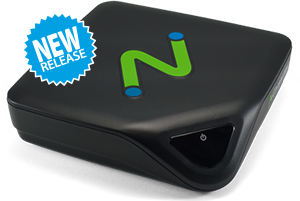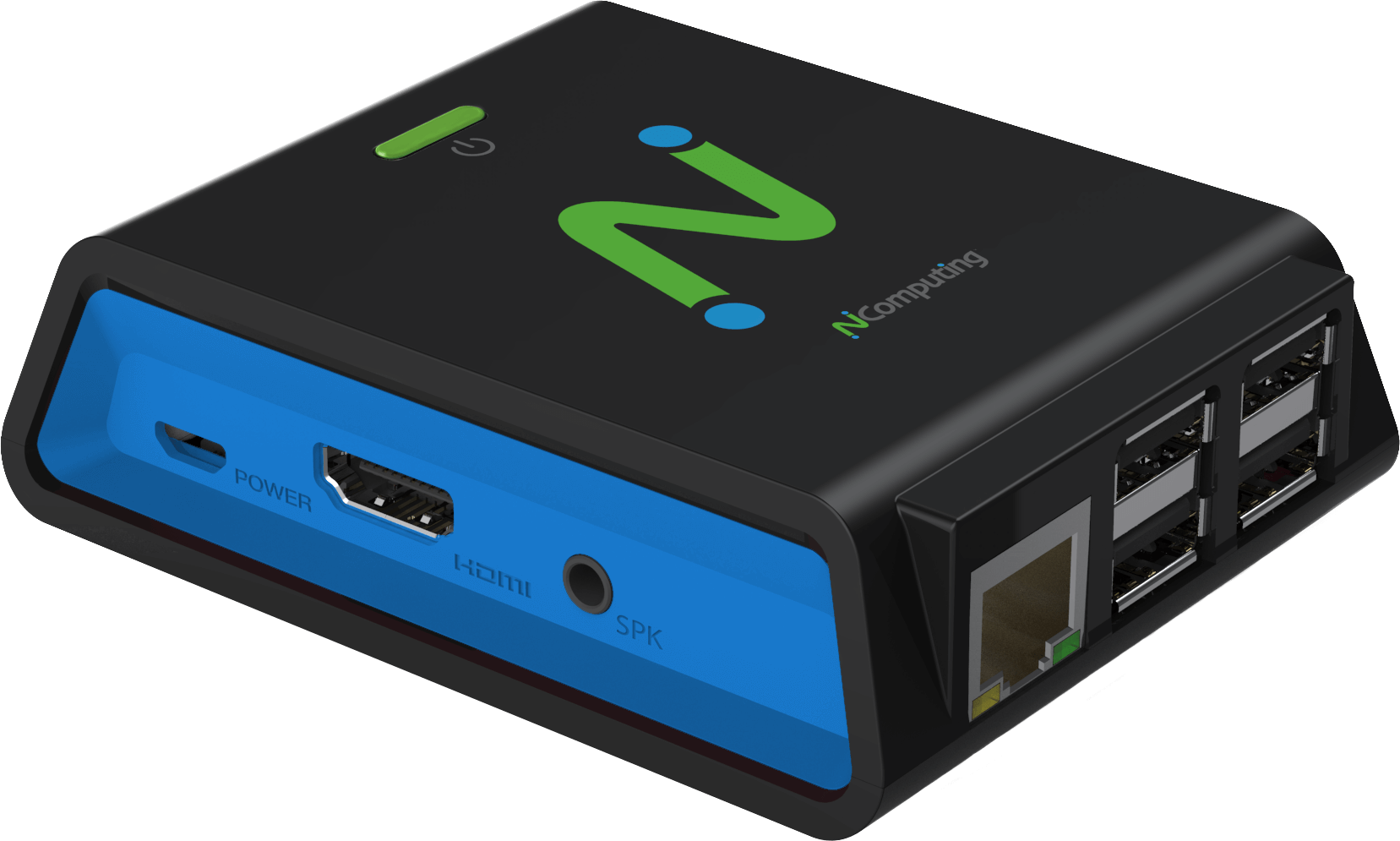Poland just celebrated its tenth anniversary as a member of the European Union. Since then and the end of the Cold War, the country has transformed into a major economic power with a stable democratic government.
One example of how the society has modernised is the focus on further enhancing the educational system. Like other European countries, Poland is putting access to e-learning for all students as a cornerstone of its education system. Finding the most effective way to achieve this goal quickly is a huge challenge, especially with limited IT budgets and the costs of deploying and managing traditional ICT in schools.
What’s exciting is how Polish schools are overcoming these challenges and now accelerating their adoption of e-learning with desktop and application virtualisation from NComputing. There were some fantastic case studies in a recent article in the Polish magazine Edufakty about how NComputing is helping deliver a better teaching and learning experience for pupils and teachers alike.
To address the growing need for student ICT access, Feliks Szołdrski Junior High School in Nowy Tomyśl decided to deploy desktop virtualisation from NComputing. Deployment focused on the school library, which was part of the Junior High School Information Centre to help more pupils use technology to prepare, print and copy educational materials as well as to use multimedia, teaching applications and other educational resources available in the cloud.
The old computers in the library required frequent intervention for service and software updates, which was time consuming and costly. After a thorough analysis of the costs of investment, the school decided to deploy NComputing L300 thin clients run on Microsoft Windows Multipoint 2012 server. The implementation of the thin clients was handled by the IT company ProData, which also installed NComputing’s vSpace software to enable centralised management of the devices.
vSpace Server allows IT staff to perform all maintenance work from one location, minimising the need for IT staff and making the process much quicker. Moreover, the school librarians can monitor all workstations from their desk and pupils can study in a quieter and more comfortable environment as the new thin clients don’t make any noise.
Another success story is the Rev. Jan Twardowski state primary school in the Polish town Radom. The school was facing challenges with the high costs of maintaining obsolete computers on a reduced budget and was struggling to meet the Government requirements for providing one computer per pupil.
After considering different options, the school decided to deploy NComputing L300 thin clients running on Microsoft Windows MultiPoint 2012 Server. This enabled students to use Windows 8 desktop apps on the new thin clients. .
After implementing the NComputing thin clients, the school managed to achieve 50% cost savings compared to using traditional desktop PCs. Teachers are very happy with the simplicity, intuitiveness and ease of use of the technology. The school ultimately plans to replace all traditional desktop PCs with NComputing thin clients and to widen access to elearning to all students.
With technology playing increasingly important role in education in Central and Eastern Europe, widening access to elearning through desktop virtualisation has proven to be one of the most effective ways to enhance the quality of teaching and learning.
Desktop virtualisation is a great way to drive technology adoption in education as it offers a cost effective alternative to traditional IT approaches. Additional benefits include easier management and maintenance, lower investment required for hardware replacement, significant energy savings and scalability.



-menu.png)


